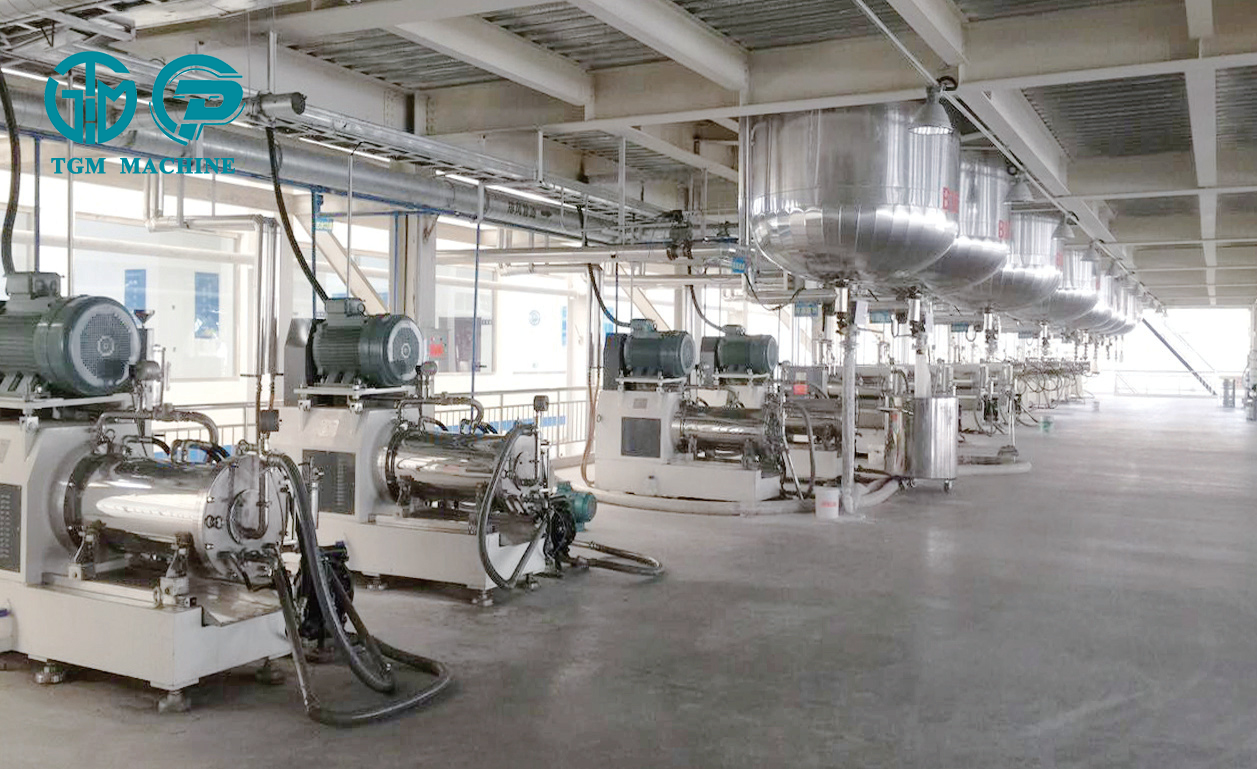Email cannot be empty
Password cannot be empty
Email format error
Email cannot be empty
Email already exists
6-20 characters(letters plus numbers only)
The password is inconsistent
Email format error
Email cannot be empty
Email does not exist
6-20 characters(letters plus numbers only)
The password is inconsistent


Sanding Machines: High-Efficiency Grinding Solutions in Modern Industry
Introduction
In today's manufacturing and processing industries, surface finishing technology plays a vital role. Sanding machines, as high-efficiency surface treatment equipment, are widely used in metalworking, wood processing, plastic manufacturing, and many other fields. This article will explore the working principles, types, applications, and maintenance tips of sanding machines, providing you with comprehensive insights.
1. Working Principle of Sanding Machines
Sanding machines remove material or polish surfaces through friction between abrasive materials (such as sandpaper, abrasive belts, or grinding wheels) and the workpiece. Depending on the application, they can achieve coarse grinding, fine polishing, or precision finishing.
Key Components:
-
Abrasive Tool (Belt/Disc/Pad): Determines grinding efficiency and surface quality.
-
Drive Motor: Provides power for continuous operation.
-
Dust Extraction System: Maintains a clean working environment.
-
Adjustment Mechanism: Controls grinding pressure and precision.
2. Types of Sanding Machines
(1) Belt Sanders
-
Features: High efficiency, suitable for large-area grinding.
-
Applications: Woodworking, metal deburring, paint removal.
(2) Orbital Sanders (Random Orbital Sanders)
-
Features: Leaves no visible scratch patterns, ideal for fine finishing.
-
Applications: Automotive refinishing, furniture polishing.
(3) Disc Sanders
-
Features: Fast material removal, often used for rough grinding.
-
Applications: Metal fabrication, wood shaping.
(4) Drum Sanders
-
Features: Even sanding for large flat surfaces.
-
Applications: Flooring, panel sanding.
(5) Handheld Sanders
-
Features: Portable, flexible for small projects.
-
Applications: DIY, repair work.
3. Applications Across Industries
-
Woodworking: Smoothing furniture, flooring, and cabinetry.
-
Metalworking: Deburring, weld cleaning, and surface preparation.
-
Automotive: Body repair and paint preparation.
-
Plastics & Composites: Surface finishing before coating.
4. Choosing the Right Sanding Machine
-
Material Type: Hard metals require more powerful motors.
-
Surface Finish Needs: Fine finishes need higher grit abrasives.
-
Workpiece Size: Large surfaces benefit from wide-belt sanders.
-
Production Volume: Industrial applications demand heavy-duty machines.
5. Maintenance & Safety Tips
✔ Regular Cleaning: Prevent dust buildup to avoid motor overheating.
✔ Abrasive Replacement: Worn-out abrasives reduce efficiency.
✔ Lubrication: Ensure moving parts operate smoothly.
✔ Dust Extraction: Use proper ventilation to protect respiratory health.
✔ Safety Gear: Always wear goggles, masks, and gloves.
6. Future Trends in Sanding Technology
-
Automation: Robotic sanding for precision and consistency.
-
Eco-Friendly Designs: Low-energy motors and dustless systems.
-
Smart Sensors: Real-time monitoring of abrasive wear.
Conclusion
Sanding machines are indispensable tools in modern manufacturing, offering efficiency, precision, and versatility. Whether for industrial production or DIY projects, selecting the right sander and maintaining it properly ensures optimal performance and longevity.
Would you like recommendations for specific brands or models based on your needs? Let us know in the comments!

